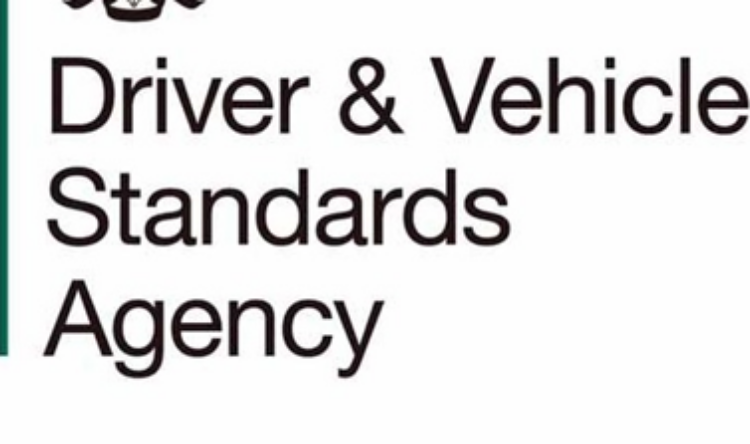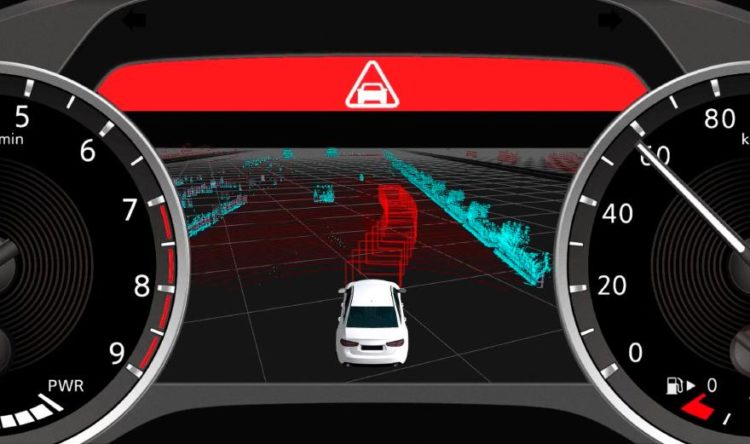Undercover
Roadworthiness can invalidate insurance and increase dangers and costs
Motorists could be unknowingly invalidating their car insurance.
There are many concerns about misinformation on insurance policies, leaving motorists uninsured.
However, roadworthiness is an ongoing issue that is both dangerous and could leave drivers without insurance coverage and breaking the law.
Going bald
Driving a car with bald tyres can risk a fine of £2,500 per tyre. If all four tyres are worn below the legal limit, you could lose your license and face a £10,000 fine.
If you are involved in a car crash and the car is found not to be roadworthy, insurance can be invalidated
This reality is that the top three reasons for failed MOT tests is due to the condition of the body of the car, tyre tread depth and coil spring.
Are you covered
Connor Campbell, Independent Advisor and Car Insurance expert, believes the issue of roadworthiness and invalidating insurance cover is going unrealised by many motorists.
While is puts the driver and all road users in danger, a lack of roadworthiness puts the driver in an illegal position and open to more financial risk too.
While you may think replacing those worn, under-inflated tyres can wait for another day, the reality highlights the need to be vigilant and active in keeping vehicles in a fit state for the road.
Failed MOT tests in 2023
|
Rank |
Reason |
% of failures |
|
1 |
Condition |
8% |
|
2 |
Tread depth |
5.2% |
|
3 |
Coil spring |
4.4% |
|
4 |
Headlamp aim |
3.9% |
|
=5 |
Position lamp |
3.8% |
|
=5 |
Brake pads |
3.8% |
|
7 |
Ball joint |
3.3% |
|
=8 |
Headlamp |
3.2% |
|
=8 |
Pins and brushes |
3.2% |
|
10 |
Wipers |
3.1% |
Please find the full dataset here.
Testing times
“MOTs are an official test of car roadworthiness, and as we can see from the 2023 test data, many of these fail items are avoidable through proper car maintenance,” says Connor Campbell.
“Not only could you put yourself at risk of an accident by not properly maintaining your car, but you could also be slapped with police fines of up to £2,500″.
Driving a car in dangerous condition is a criminal offence. It can also mean insurance invalidated, another criminal offence.
“The risk is even greater if your tyres are in poor condition,” adds Campbell. “You can receive an individual fine for each one, potentially amounting to up to £10,000.
“While people often delay maintaining their car for financial or time reasons, the cost can be greater the longer these are left unattended.” says Connor Campbell.
Structuring safety
The biggest cause of test failures in 2023 was due to the condition of the body of the car (fracture, damage, corrosion etc.). This represents 8% of failures, over 1.7 million cars.
Minor damage such as dents aren’t deemed dangerous. However, more serious damage, such as excessive corrosion, sharp damage, or damage to specific areas of the vehicle can deem it non-roadworthy. Driving the car is potentially dangerous as well as invalidating insurance.
The second greatest cause was due to tyre tread depth. More than 5% of vehicles (1.1 million) are found to be below the legal minimum of 1.6mm.
“As long as your tyres are above this threshold, your car is legally roadworthy. However, it is advisable to carefully monitor your tyres or have them professionally inspected if they’ve been fitted for five years or longer,” says Campbell.
“Stopping distances can also increase dramatically when tread depth is below 3mm. While replacing your tyres once this falls below 2mm can keep you in line with the law, monitoring and changing them earlier will make driving far safer.”
Cushioning costs
The third most common cause of failure is due to coil spring failure, at 4.4% (956,000 cars). Corrosion is the most common reason that coil springs fail. It can also occur due to imbalanced wheels or blown tyres causing one side of the car to take more weight than the other.
One fault or piece of damage to a vehicle can easily lead to other strains, stresses and breakages around the car. It means that regular maintenance, getting problems rectified or damage repaired can save money with smaller repair costs, avoiding fines, whilst also improving road safety
Drivers are responsible for ensuring that the vehicle is roadworthy. Regular, weekly ‘walk-around’ checks, and checks prior to any long journeys are a good habit to get into.
Check list
-
“Tyre tread depth: for ease, this can be tested with a 20p coin. Place the coin into the main tread grooves of your tyre, if the outer band is obscured during the test, then the tread is above the legal limit. If it is visible, your tyres may be both unsafe and illegal.
-
Tyre pressure: use a pressure gauge to check that your tyres comply with the pressure set out in your vehicle handbook.
-
Overall tyre condition: check for cracks, bulges or bubbles on the sides of your tyres. If you’ve had your tyres fitted for a long period of time, consider having them checked by a professional, especially prior to undertaking long journeys.
-
Lights: check that lights are clean and bulbs aren’t blown by reflecting against a wall, or asking a friend for help.
-
Oil, water and fluids: ensure oil and water levels, as well as other fluids like windscreen washer and brake fluid, are well above minimum levels.
-
Wiper blades: check that the blades clear your full field of vision, that they’re in full working order and plan to replace them if they are worn.”






